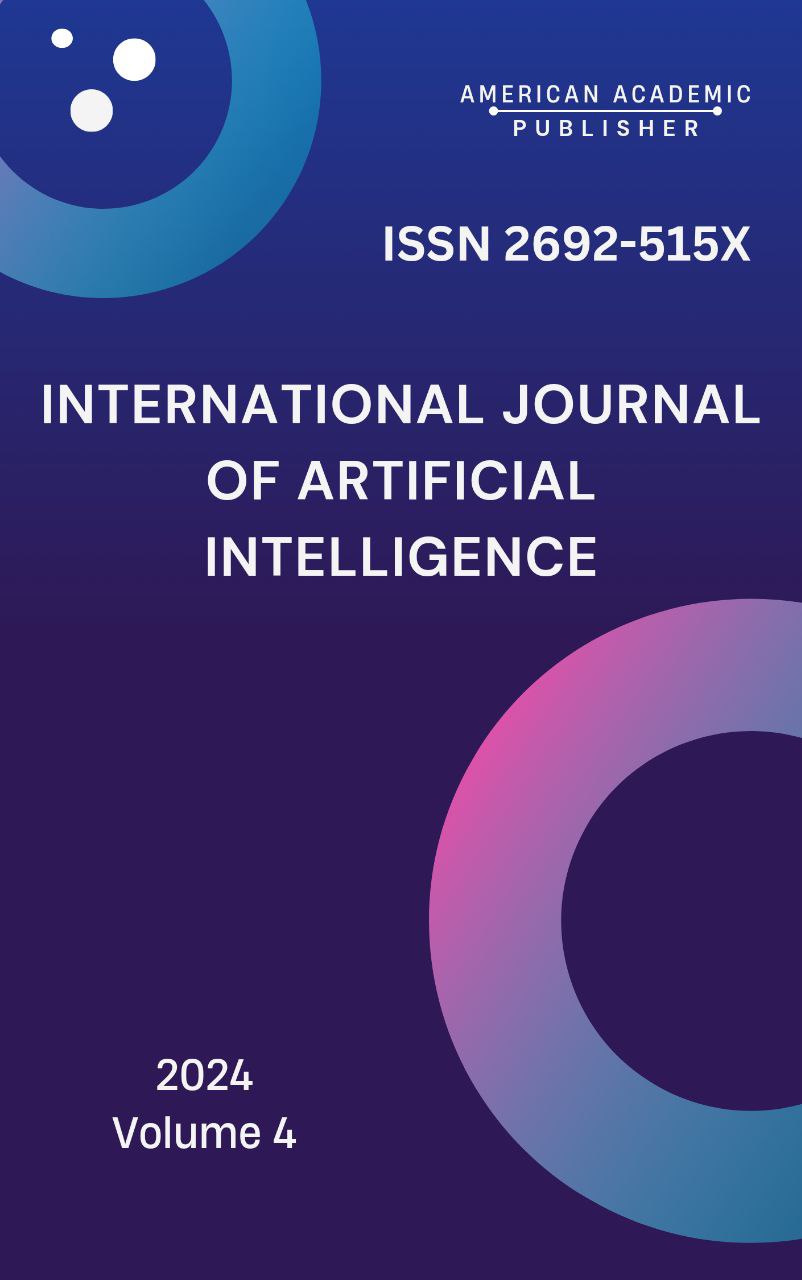 Articles
| Open Access |
Articles
| Open Access | THE ROLE OF EMBODIMENT IN CONCEPTUAL METAPHOR THEORY
Khudoynazarova Dildora Shonazar qizi , Teacher of Uzbekistan State University of World LanguagesAbstract
Conceptual metaphor theory serves as a fundamental tool for studying the complex relationship between language and thought. This theory shows how people express their experiences and concepts through metaphors and how they make sense of them. Embodiment, that is, the expression of abstract concepts through concrete, concrete images, is one of the important aspects of conceptual metaphors. This article provides information on the role and importance of embodiment in the theory of conceptual metaphor.
Keywords
metaphor, language, communication, thought, context, ideas, education, teaching methods, experiences.
References
Kadyrov, S. (2020). "Language and Thought: A Theory of Conceptual Metaphor." Tashkent: Academy of Sciences of the Republic of Uzbekistan.
Abdullaeva, N. (2021). "Embodiment and its place in linguistics". Samarkand: Samarkand State University.
Muradov, A. (2019). "Conceptual metaphor theory and its application in the Uzbek language". Bukhara: Bukhara State University.
Askarov, F. (2022). "Metaphor and Embodiment: Theoretical and Practical Aspects". Tashkent: National University of Uzbekistan.
Rahmonov, I. (2020). "Embodiment and Language: Foundations of Conceptual Metaphor Theory." Andijan: Andijan State University.
Tursunov, D. (2021). "Study of conceptual metaphors in the Uzbek language". Fergana: Fergana State University.
Kholmirzaeva, G. (2019). "Metaphor and Problems: The Connection of Language and Culture." Karshi: Karshi State University.
Shodmonova, L. (2022). "The Significance of Embodiment in Conceptual Metaphor Theory." Nukus: Karakalpakstan State University.
Article Statistics
Downloads
Copyright License

This work is licensed under a Creative Commons Attribution 4.0 International License.

